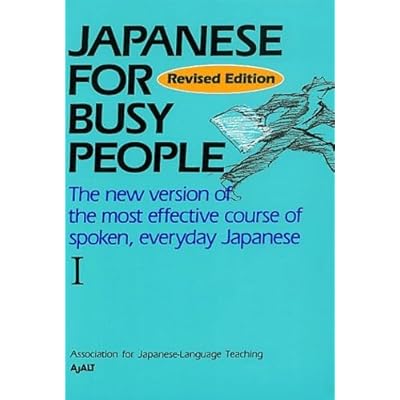 Collapse: How Societies Choose to Fail or SucceedJared Diamond
Collapse: How Societies Choose to Fail or SucceedJared Diamond(Viking, New York: 2005)
READ: February-March 2006I read Jared Diamond's book
Guns, Germs, and Steel almost exactly one year ago and really enjoyed it.
Collapse was one I'd been seeing around a lot, so it was time to tackle it. And it did not disappoint.
Guns, Germs, and Steel is the better of the two, but
Collapse is also worth a read.
The book is a series of case studies of environmental degradation, and the ways in which the societies affected did or did not overcome these collapses.
Guns, Germs, and Steel looked at the winners in civilization;
Collapse looks largely at the losers: the Vikings, the Easter Islanders, the Anasazi of the American Southwest, the Mayans, modern-day Rwandans, and so on. But he also looks at societies that managed to overcome their environmental difficulties; for example, the Icelanders. Iceland is an environment that should not work, yet it is one of the most prosperous nations in the world. Why?
Diamond's basic argument, to really dumb it down, is that not all failures of societies can be blamed on a cataclysmic event, on an act of God (or whoever), but that many times, a society fails because it does not respond appropriately to the environment around it. So the Vikings, for example, tried to live in Greenland in exactly the same fashion they had in Norway. Greenland's fragile ecosystem could not handle this, and so it eventually collapsed. Greenland itself, however, did not become inhabitable; the Inuit lived there for many centuries after the Vikings were forced to leave. But the Vikings were unable to adapt to a lifestyle that was more sustainable on Greenland's shores. Likewise, Easter Island, once a lush, thriving ecosystem, was continuously exploited by the Islanders until it, too, became what we now know it as: a barren, windswept rock of an island. There was no great event that destroyed Easter Island. People kept living there, farming the land and cutting the trees, until there were no trees left, and consequently erosion sped up.
Diamond also looks at a few modern-day societies who are facing potential environmental crises. Japan, with its post-WWII rapid deforestation, is one of these. So is the state of Montana, with the damage mining has wrought on its natural environment.
The pace gets sluggish at times, but overall the book is well-written and thought-provoking. I like the way Diamond approaches this subject - not too preachy, not too technical. He mixes just enough science with real-life meaning to make it interesting. Start with
Guns, Germs, and Steel and move on to this one if you want to know more.




























